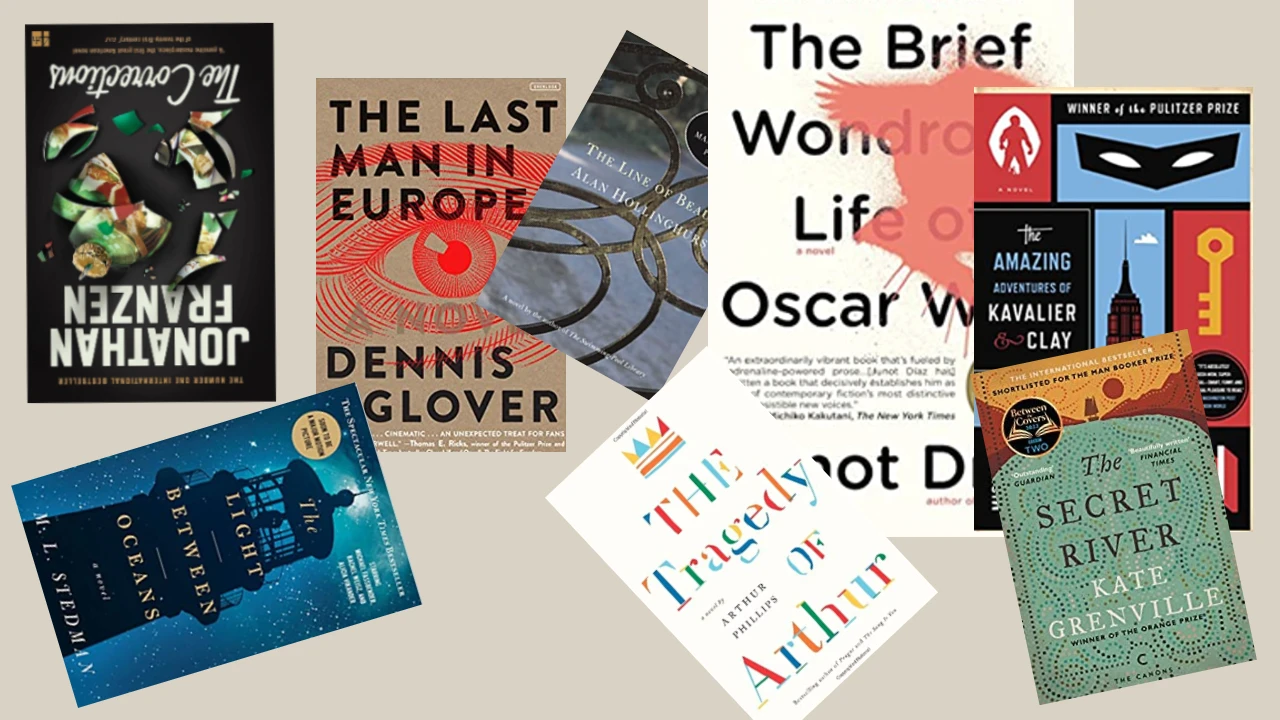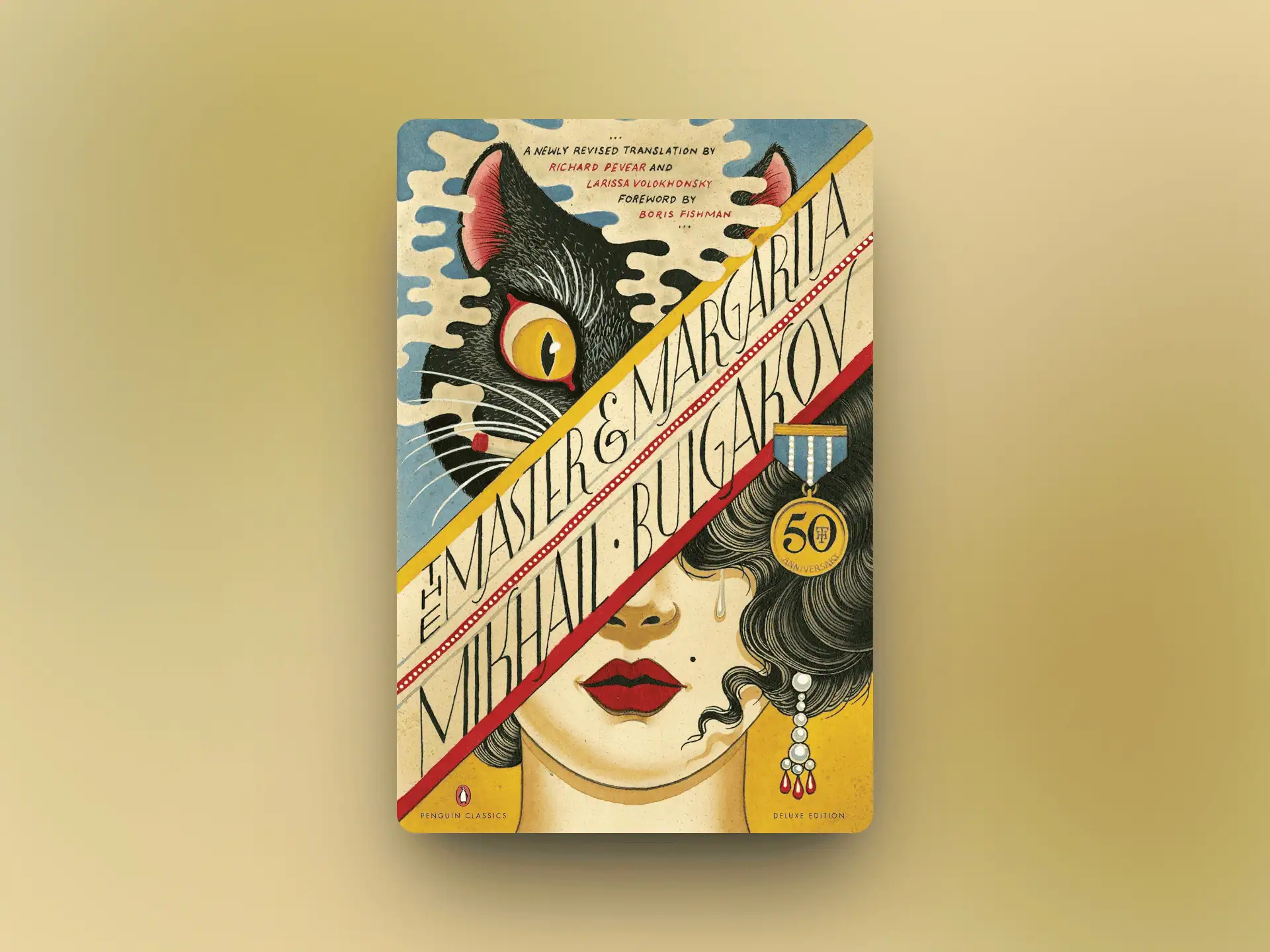
Newsletter Subscribe
Enter your email address below and subscribe to our newsletter

Enter your email address below and subscribe to our newsletter

This content may contain affiliate links. When you buy through these links, we may earn an affiliate commission.
Mikhail Bulgakov’s Master and Margarita is widely considered one of the most extraordinary works of 20th-century Russian literature. Combining satire, romance, philosophy, and the supernatural, the novel transcends traditional storytelling, exploring the complexities of human nature, morality, and the eternal struggle between good and evil. For literary enthusiasts and curious readers alike, this guide provides a thorough Master and Margarita summary, an insightful Bulgakov novel analysis, and contextualizes its importance within Russian literature.
Mikhail Bulgakov (1891–1940) was a Russian writer and playwright who lived through some of the most tumultuous periods in Russian history, including the Russian Revolution, the Civil War, and the rise of Stalinist censorship. Bulgakov’s works often faced heavy censorship, and he struggled to have his plays and novels published. Despite these challenges, he developed a unique narrative voice that intertwined satire, fantasy, and social critique.
Master and Margarita, written during the 1920s and 1930s but published posthumously in 1966, is considered his magnum opus. The novel’s intricate structure and imaginative storytelling cemented its place as a cornerstone of Russian literary culture. Bulgakov’s work remains celebrated for its bold critique of Soviet society, philosophical depth, and literary innovation.
The narrative of Master and Margarita is complex, interweaving multiple storylines across different times and locations. At its core, the novel revolves around the arrival of the Devil, disguised as a mysterious foreigner named Woland, in 1930s Moscow. His presence sets off a series of events that expose the moral weaknesses, vanity, and hypocrisy of Moscow society.
The novel opens with Woland and his bizarre retinue entering Moscow. His companions include the large, talking black cat Behemoth, the comical demon Koroviev, and other supernatural beings. Woland’s arrival unleashes chaos, exposing greed, corruption, and moral hypocrisy in the bureaucrats, writers, and intellectuals of the city.
Through dark humor and fantastical interventions, Woland punishes those who embody vice while rewarding characters who demonstrate integrity or compassion. His actions serve as a mirror reflecting human nature’s duality and the consequences of societal corruption.
Central to the story is the Master, an embittered writer who has created a novel about Pontius Pilate and the trial of Jesus Christ. Facing rejection and censorship, he becomes disillusioned with both the literary world and society at large. His struggles reflect Bulgakov’s own experiences as a writer under Soviet oppression.
The Master’s manuscript serves as a powerful symbol of the challenges artists face when truth and creativity collide with political or social limitations. His eventual reunion with Margarita highlights the redemptive power of love, loyalty, and artistic perseverance.
Margarita, the Master’s devoted lover, embodies courage, devotion, and the transformative power of love. Her unwavering support motivates her to make a pact with Woland, ultimately hosting his otherworldly ball. Margarita’s journey into the supernatural world is both literal and symbolic, representing the transcendence of personal limitations and the power of love to overcome despair.
Her character is one of the most celebrated in Russian literature, demonstrating that true courage often involves self-sacrifice and the willingness to confront forces far beyond human understanding.
Interwoven with the Moscow narrative is the retelling of Pontius Pilate’s story. Bulgakov’s Pilate is a conflicted, humanized figure, grappling with guilt and the moral consequences of condemning Yeshua Ha-Notsri (Jesus).
This biblical subplot mirrors the Moscow storyline, exploring themes of moral courage, accountability, and the nature of justice. By juxtaposing Soviet Moscow with biblical Judea, Bulgakov provides a timeless exploration of ethical dilemmas that remain relevant today.
Themes and Symbolism in Master and Margarita
Good vs. Evil
While Woland is ostensibly the Devil, Bulgakov complicates the traditional binary of good versus evil. Woland acts as a moral arbiter, exposing hidden truths and rewarding virtue while punishing vice. The novel challenges readers to reconsider simplistic notions of morality and recognize the nuanced interplay of human actions and consequences.
Love, Loyalty, and Redemption
The love between the Master and Margarita is central to the novel’s emotional and philosophical depth. Their unwavering devotion highlights the transformative power of love and the human capacity for loyalty, courage, and self-sacrifice. Their story underscores the idea that love can transcend societal constraints, fear, and even mortality.
Satire of Soviet Society
Bulgakov’s Moscow is a city riddled with absurdity and moral decay. Through satirical depictions of bureaucrats, critics, and opportunists, the novel critiques the superficiality, greed, and hypocrisy of Soviet society. Its satire extends to literary institutions, politics, and social norms, offering a sharp commentary on the contradictions of life under totalitarianism.
The Role of Art and Censorship
The Master’s struggles as a writer reflect Bulgakov’s own battles with Soviet censorship. The novel highlights the tension between artistic integrity and political oppression, making Master and Margarita a celebration of creative freedom and the enduring importance of literature in society.
Ready for some #awesome #fiction? Enter your email address below and get hooked on our newsletter.
Woland: The Devil as Moral Arbiter
Woland is far from a conventional villain. He is clever, enigmatic, and at times, amusing. More importantly, he exposes human weakness and ensures moral balance by punishing corruption and rewarding integrity. His presence in Moscow acts as a catalyst for the unfolding drama, making him one of the most memorable figures in Russian literature.
The Master: The Artist in Exile
The Master represents the struggles of the intellectual and creative class under oppressive regimes. His internal conflict, despair, and eventual redemption explore the resilience of the human spirit and the enduring value of artistic expression.
Margarita: Courage and Transcendence
Margarita’s character embodies bravery, loyalty, and the transcendence of ordinary human limitations. By engaging with supernatural forces to support the Master, she represents love’s ability to transform and elevate human experience.
Behemoth, Koroviev, and Pontius Pilate
Bulgakov’s supporting characters contribute to the novel’s layered complexity. Behemoth, the demonic cat, and Koroviev, the mischievous demon, provide both comic relief and sharp social commentary. Pilate, on the other hand, introduces moral gravitas, exploring guilt, fear, and the consequences of moral compromise.
Narrative Structure
Bulgakov employs a range of literary techniques that contribute to the novel’s enduring appeal:
Understanding the historical context of 1930s Soviet Russia is crucial for appreciating Master and Margarita. Bulgakov wrote during Stalin’s regime, when censorship was strict and dissent was dangerous. The novel reflects the tension, fear, and absurdity of life under totalitarianism, while also exploring universal themes of morality, freedom, and artistic integrity.
Upon its posthumous publication, Master and Margarita received widespread acclaim. Critics praised its inventive narrative, rich characterizations, and philosophical depth. Over the years, it has inspired countless adaptations in theater, film, and music, further cementing its cultural significance.
The novel’s enduring relevance can be attributed to several factors:
For readers interested in Russian literature, Master and Margarita is both an intellectual and emotional journey—a novel that continues to inspire and provoke thought across generations.
Whether drawn to intricate plots, philosophical reflections, or the rich tradition of Russian literature, Master and Margarita provides an unparalleled reading experience. Bulgakov’s fusion of humor, horror, romance, and moral inquiry ensures that readers are constantly engaged, reflecting on the nature of love, justice, and the human condition. For anyone exploring Russian literature or seeking profound storytelling, Master and Margarita stands as a testament to the enduring power of creativity, courage, and love in the face of adversity.